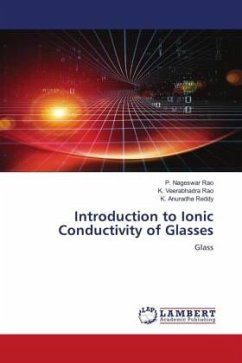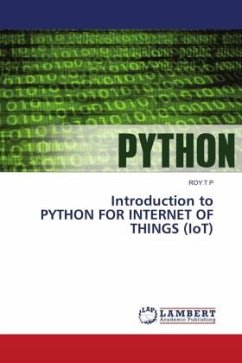Ionic conducting materials can conduct electricity via the migration of cations and/or anions (highly mobile ions). Materials, which exhibit generally negligible (very less) electronic conductivity and high ionic conductivity in the range of 10-6 to 1 S cm-1 at below their melting temperatures, are termed as fast ion conductors (FIC), which are mainly used as solid electrolytes. Solid state ionic conductors differ from electronic conductors, e.g. in solid state ionic conductors conductivity is mainly due to ions and in metals and semiconductors, where the mobile charge carriers are electrons. Solids also exhibit both electronic and ionic conductivity in significant proportions, which are referred as mixed conductors. Mixed conductors are not suitable as solid electrolytes, because the electronic conduction leads to short circuiting. Instead of electrolyte material, mixed conductors are important electrode materials for battery applications.
Bitte wählen Sie Ihr Anliegen aus.
Rechnungen
Retourenschein anfordern
Bestellstatus
Storno








